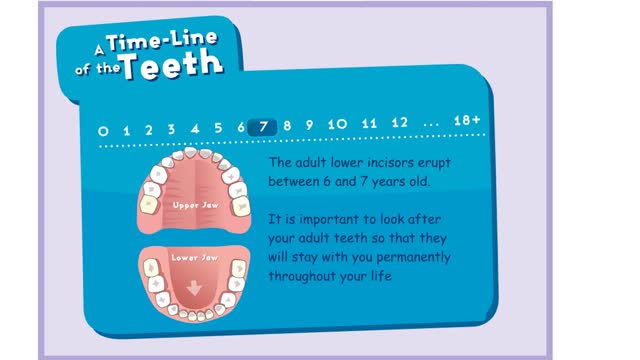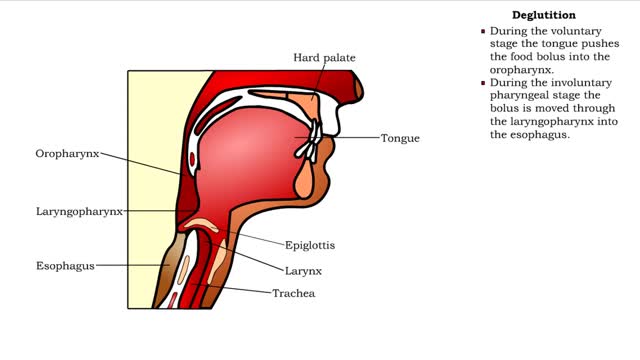Search Results
Results for: 'homeworkclinic.com'
A timeline of the teeth (Explained - No Audio)
By: HWC, Views: 9790
Although most babies don't appear to have any teeth when they are born, they are in fact already well developed out of sight beneath the gum. The first molars erupt at about 12-14 months. The canines follow at about 16-18 months . By 3 years old, the second molars have usually erupted, c...
By: HWC, Views: 10416
Swallowing occurs in three stages: ‚ÄĘ Voluntary stage in the mouth. ‚ÄĘ Involuntary pharyngeal stage. ‚ÄĘ Involuntary esophageal stage. ‚ÄĘ During the voluntary stage the tongue pushes the food bolus into the oropharynx. ‚ÄĘ During the involuntary pharyngeal stage the bolus is moved ...
Conduction of action potentials
By: HWC, Views: 11024
‚ÄĘ Action potentials must be rapidly conducted over long distances in order for the nervous system to communicate with other cells. ‚ÄĘ Propagation of an action potential uses processes similar to those that generate the potential at the trigger zone. ‚ÄĘ a When a graded potential reaches ...
Oxygen - hemoglobin dissociation curve & Hemoglobin's affinity with oxygen - acidity
By: HWC, Views: 11457
‚ÄĘ The partial pressure of oxygen is a primary factor influencing the degree of saturation of hemoglobin. ‚ÄĘ The Po2 determines the number of oxygen molecules that can bind or dissociate from hemoglobin. ‚ÄĘ Blood in vessels coming from the lungs is very high in Po2 so saturation is high. ...
Types of Transport - Uniport, Antiport and Symport (Glucose and Na+K+ Transporters)
By: HWC, Views: 10524
Some transport proteins bind and transport molecules very selectively. Uniport is the transport of one solute molecule. Symport is the transports of two solute molecules in the same direction. Antiport is the transports of two solute molecules in opposite directions. 1. Glucose bin...
Bulk flow - factors that influence bulk flow
By: HWC, Views: 10454
‚ÄĘ Bulk flow helps regulate the relative volumes of blood and interstitial fluid. ‚ÄĘ Flow from blood to interstitium is called filtration. ‚ÄĘ Flow from interstitium to blood is called reabsorption. ‚ÄĘ Four factors determine the net direction of capillary exchange. ‚ÄĘ These factors in...
Carbohydrate Metabolism: Introduction to renal processes and filtrate formation and composition
By: HWC, Views: 11027
‚ÄĘ At the nephron, the three process responsible for the formation of urine include: ‚ÄĘ Glomerular filtration. ‚ÄĘ Tubular reabsorption. ‚ÄĘ Tubular secretion. ‚ÄĘ During filtration, a filtrate is formed within the renal tubule. ‚ÄĘ Reabsorption is the conserving of water and many s...
Carbohydrate digestion - mouth and stomach & pancreas and small intestine
By: HWC, Views: 10712
‚ÄĘ Digestion of complex carbohydrates (starches and glycogen) involves: ‚ÄĘ Amylases produced by the salivary glands and pancreas. ‚ÄĘ Brush-border enzymes in small intestine. ‚ÄĘ In the mouth, amylase from the parotid and submandibular salivary glands begins carbohydrate digestion. ‚Ä...
Medullary osmotic gradient - influencing factors
By: HWC, Views: 11309
‚Ė™ Maintenance of fluid volume and composition, despite changes in water input and output, is crucial to a healthy life. ‚Ė™ Regulation of blood's osmolarity, or solute concentration, is a function of the nephron. ‚ÄĘ Normal osmolarity is maintained by the ability of the nephron to alter uri...
Advertisement











